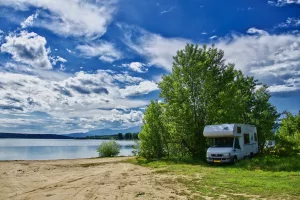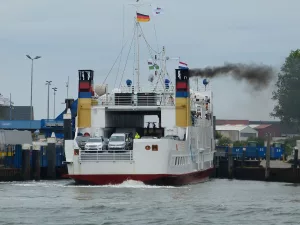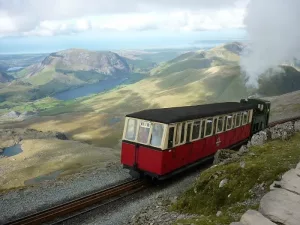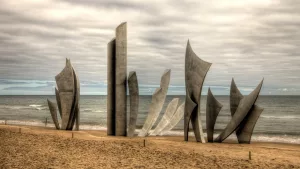In our ‘Driving in Türkiye Essentials’ report, we cover all the basics for driving your motorhome or campervan in Türkiye, along with tips which we have gained from our personal experience from our 3 months spent travelling and driving in Türkiye.
Go to our ‘Türkiye Travel Hub‘ understand everything about Türkiye, from wild camping rules, what you need to have in place to take your pet and even what mobile sim card to use
It feels strange to know that children under 10 can not travel in the front seats of a car, but you see children of 2 years old standing on a moped with mum and dad on the back wearing no crash helmet even. Still, what we are doing is giving you the legal aspects of driving – not what actually happens!
Driving In Turkiye - Jump To...
International Driving Permit when Driving in Türkiye
If you are from the UK or another country which is outside the EU, you will need an international driving permit (IDP) along with your national driving licence for driving in Turkey. The IDP that you need depends on the country you are visiting. This is required since Brexit.
The type of IDP that you will need for driving in Türkiye is a 1968. You will have to go to the post office to get it but it is a really easy and simple process. Just take your full valid photocard driving licence, a standard passport photograph and your valid passport if you still have the old paper driving licence.
Driving in Turkiye - The Basic Rules
Here is our whistlestop tour of the basic road rules followed in Montenegro:
- Drive on the right and overtake on the left.
- Give way to the right.
- Compulsory seatbelts – front and back seats.
- Headlights always dipped for driving 24/7 all year round.
- Children under 10 must not be in the front seats.
- Keep documents on you whilst driving (licence, registration, insurance and passport).

In Turkiye, the drivers love the hooter. Unless you take a racing start at the traffic lights, you will be hooted. Don't worry and take your time to pull away safely. As soon as the lights change, the Turkish drivers will start hooting.
Türkiye Road Speed Limits in a Motorhome
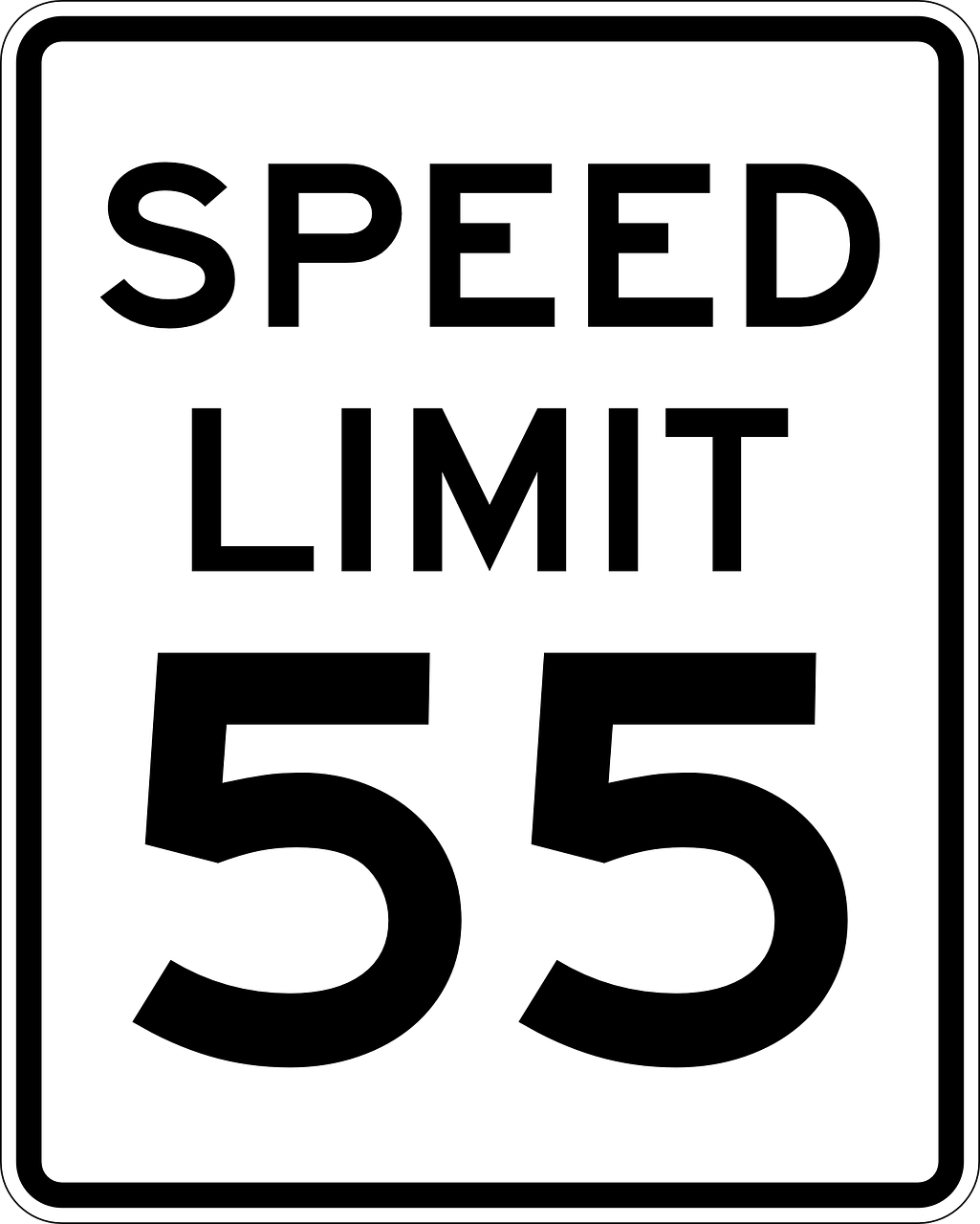
Check your Speeds!
The driving speed for your motorhome under 3.5 tonnes in Türkiye are:
- Urban – 50km/h (30mph)
- Minor roads – 80km/h (50mph)
- Major roads – 80km/h (50mph)
- Motorways – 90km/h (50mph)
The driving speed for your driving your motorhome over 3.5 tonnes in Türkiye are:
- Urban – 50km/h (30mph)
- Minor and Major roads – 80km/h (50mph)
- Motorways – 90km/h (50mph)
Essential Driving Requirements for Türkiye
The following items are those which are legally required (M) or advised (A) for driving in Turkey:
- Current passport (M)
- International Drivers Permit (M)
- Proof of Insurance (M)
- Registration documents for the motorhome or camper (M)
- 2 warning triangle in case of breakdown or accident (M)
- First Aid Kit (M)
- UK sticker for your number plates (since Brexit) (M)
- Fire extinguisher (M)
- Spare wheel for your vehicle (A)
- Reflective vest (A)
- Spare bulbs and fuse box (A)
- Headlight beam converters (already fitted to the motorhome) (A)
What Is It Like Driving In Turkiye?
Driving in Turkiye is actually OK. Contrary to many people’s perceptions of it being a little hectic, the roads are really good. The big cities are hectic, but only as hectic as those in the UK. The thing that makes it a little more overwhelming at first is that you are driving on the right side of the road instead of the left.
The D400 which stretches almost the entire length of the coast line is a fantastic road. Not only is it mostly immaculate (it gets less immaculate the further east you go), the roads were really empty in the winter/spring time. You can drive for ages without really encountering more than about 10 cars.
Off the main highways, you should be more watchful for some more ‘unusual’ driving habits. Passing on the right instead of the left, unexpected stops or no signalling, trucks parked on the highways at night time or people driving with no lights on/broken headlights and vehicles backing up on exit ramps or on main roads. Keep your eyes out for herds of goats or sheep too!
However, when all that is said, during our 3 months of driving, I could probably count the number of incidents (those that might make you swear!) on two hands.
Rules of the Roundabout When Driving In Türkiye
When you are driving in Türkiye, the rules of the roundabout are different. In the UK, the traffic on the roundabout had the right of way, but in Türkiye, the traffic approaching the roundabout has right of way.
If you are approaching the roundabout and going straight over or right, then you continue to do so, but if you wish to turn left, you drive into the roundabout, go 1/4 of the way round, stop until the way is clear to continue and then carry on. So if you are turning left, stay in the left lane and if you are turning right or going straight on, the right lane is probably best.
The new highway roundabouts that are being built may follow the traditional way of roundabouts which we use in the UK. What does this mean? It means that there are two completely conflicting systems in play and you have to watch to see which one is in use.
As the traffic builds up, so do the tempers! Just be careful at roundabouts. Get eye contact with the drivers around you and be conscious of what is going on around you and which system is being used.
Drink Driving Laws whilst driving in Türkiye
The drink drive limit in Türkiye is zero. There is absolutely no tolerance for drink driving in Türkiye so you should not drink even one beer. As Türkiye is a Muslim country, drunken behaviour is just not tolerated. Even though you can buy beer and other alcohol. Regardless of whether you are at fault or not, you will be breathalysed if you are in an accident.
- Fines: The amount of the fine depends on the level of alcohol in the bloodstream and whether it’s a repeat offence, but in 2024 it is set to increase to almost 7000 TL (£180).
- Imprisonment: In cases of severe intoxication or repeat offences, imprisonment can be a consequence.
- Driving Ban: Offenders may face a suspension of their driving license for a period, which can vary based on the severity of the offence and whether the driver has previous violations.
- Vehicle Impoundment: In some cases, the vehicle may also be impounded.
If you refuse to take a breath test, the fine is 2,869TL (approx. £75 on current exchange rate).
Driving in Türkiye in the Winter
Türkiye in the winter can have plenty of snow fall. In the north and in the mountainous regions and around Cappadocia (which is going to be on your visit list I am sure!). Also over to the east, where you are heading towards Georgia, Armenia, Iran and Iraq. The mountain peaks look beautiful when driving, covered in crisp, white snow, but of course the downside is the more treacherous driving that can be found on roads that are not the key highways, which we found to be relatively clear.
There are no legal requirements to have winter tyres, but it makes absolute sense to have snow chains in your motorhome to cope with some of the driving you may experience when visiting Türkiye in the winter months.
We drove straight down towards the coast to miss the colder weather in the north, then followed the coast line to get the best of the weather, moving into the mountains towards the end of our 3 month trip, which worked really well.
Toll Roads in Türkiye
In Türkiye, toll roads are an essential part of the national highway system, and understanding the toll system is useful for a smooth journey, especially when travelling in a motorhome. Turkey uses an electronic toll collection system for its highways and bridges. There are two main systems in place: the HGS (Hızlı Geçiş Sistemi – Fast Pass System) and the OGS (Otomatik Geçiş Sistemi – Automatic Pass System). You may read that cash is not accepted – well it is! We used it all the time (2024).
HGS: This system involves a sticker that is affixed to the windshield of the vehicle. The HGS sticker contains a chip that is automatically scanned as the vehicle passes through toll points, deducting the toll amount from the user’s pre-paid account. HGS stickers can be purchased and topped up at post offices (PTT), some banks, and online through the PTT website.
OGS: This system requires an electronic device installed in the vehicle, which communicates with the toll station as the vehicle passes through, automatically charging the toll to the user’s linked account. OGS devices can be obtained from banks that offer the service, and they require a deposit plus the pre-payment for tolls.
For tourists and temporary visitors, including those travelling in motorhomes, the HGS sticker is often the most practical option. It requires registration with a valid identification document (passport) and the vehicle’s registration documents. You must ensure that your HGS account has sufficient funds to cover tolls, as failure to pay tolls can result in fines, which are significantly higher than the toll itself.
Police Check Points in Türkiye
Driving in Turkey will present you with a police patrols or check point at some stage of the game. They can be stationed anywhere; Around tourist sites, main roads or motorways and also around the Syrian and Kurdish Iraq borders. Police are not corrupt and pretty much just want to do their job. They are just looking for any illegal activity and potential illegal entrants into the country from some of the more troubled countries that they neighbour with. Just stop and have your IDP at hand to show. You will probably just get waved past, but don’t assume.
Speed Cameras in Türkiye
Mostly scattered around on the main highways. Although the penalties are high for speeding, you would not think so when you see how fast everyone else is driving. Don’t let their speed influence your speed.
If you are caught speeding by a camera, your licence plate will get recorded and you will need to pay all your fines when you leave the country. They don’t track you to your home address, it is all settled on exit. So enjoy the slow journey and be speed fine free!
Wild Camping in Türkiye
The big question on wild camping in Turkiye is can you or can’t you wild camp legally? Honestly, information is very hard to find on this subject, but so is any information relating to fines imposed if you are caught. So this is our research results only, you should check at the local police station to be 100% sure. (We parked up outside a police station one time in Adana, and most definitely, they didn’t mind us parking up there!).
In Fethiye, we parked by the beach for a week, but as it was winter time (beautifully sunny.) we were absolutely fine, but spending an evening chatting (via google translate!) to a Turkish family, they said it is tolerated only until the end of March, then there is no camping until October). For our entire 3 months in Türkiye, we wild camped/wild parked the entire time. Literally NO ONE cares! We did a winter in Türkiye, the summer time, the beaches are packed. You can see that by the way the beach side resort towns are set up to cater for the masses.
With wild camping – please be respectful of your surroundings and leave only footsteps.
Driving Phrases for Your Türkiye Driving Trip
Google Translate has to be the ‘Go To’ app for dealing with any language barriers in Montenegro, although it is fair to say that English is very widely spoken. But Google Translate is such a good app to have on your mobile, especially with the camera option to translate things like menu’s for you. However, sometimes it is easy to have some useful phrases to hand, so these are our useful Montenegro driving phrases:
- My motorhome has broken down: Motor karavanım bozuldu (Moh-tor kah-ra-vah-nuhm boh-zool-doo)
- Where is the nearest petrol station please?: En yakın benzin istasyonu nerede? (En yah-kun ben-zeen ees-tah-syo-noo neh-reh-deh?)
- Can you help me please? Lütfen, bana yardım eder misiniz? (Lütfen, bah-nah yar-dum eh-der mee-see-neez?)
- I am lost: Kayboldum (Kie-bold-oom)
- Where is…?: … nerede? (… NEH-reh-deh?)
- Is this the road to…?: Bu … yol mu? (Bu … yohl moo?)
- Gas station: Benzin istasyonu (BEHN-zeen ees-tah-syo-noo)
- Parking: Park yeri (PAHRK yeh-ree)
We hope you enjoyed this article and found it useful. If you found it useful, please do share with others using the share buttons below. If you think we have missed something – please do let us know. We read all our emails!


